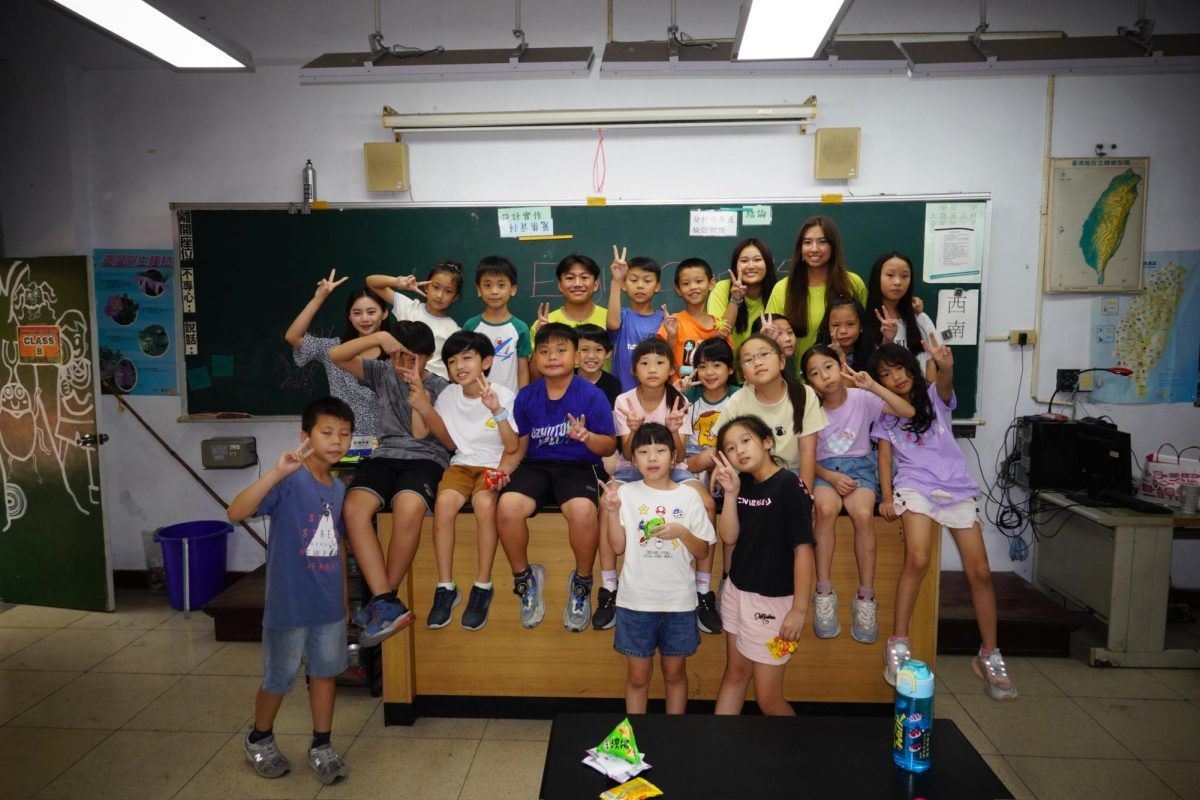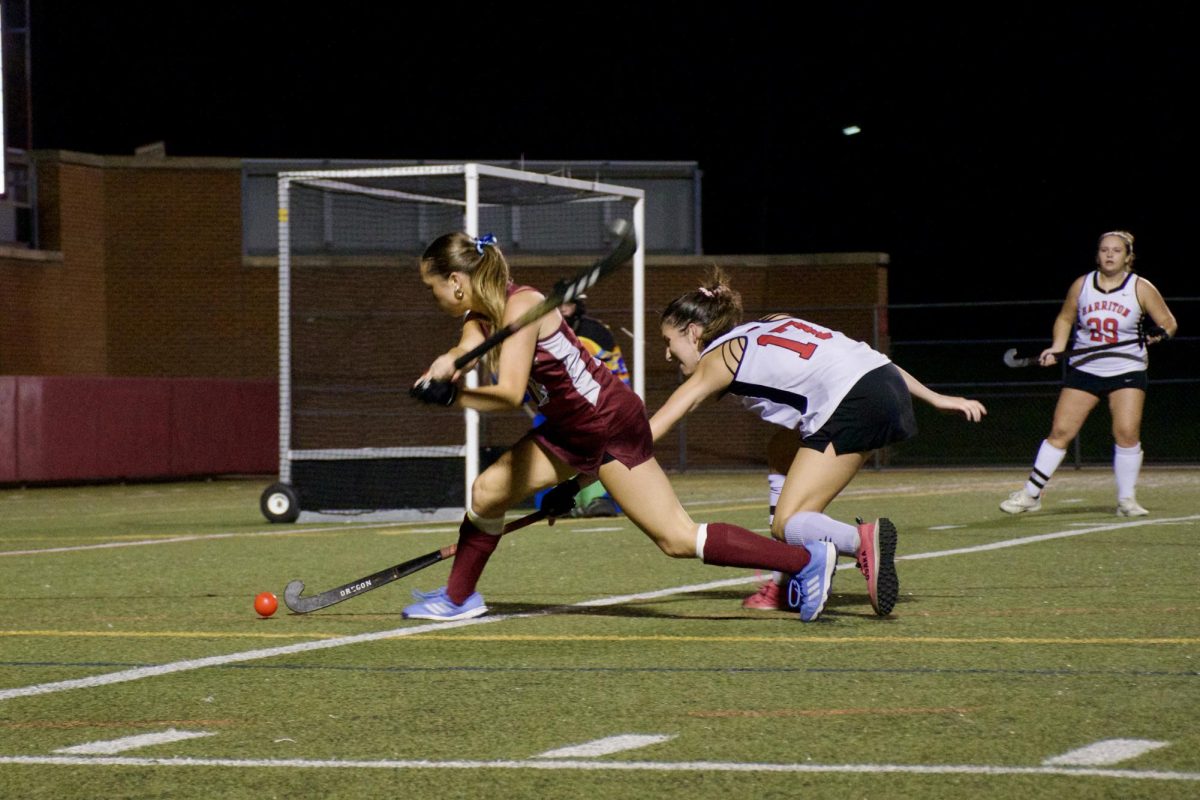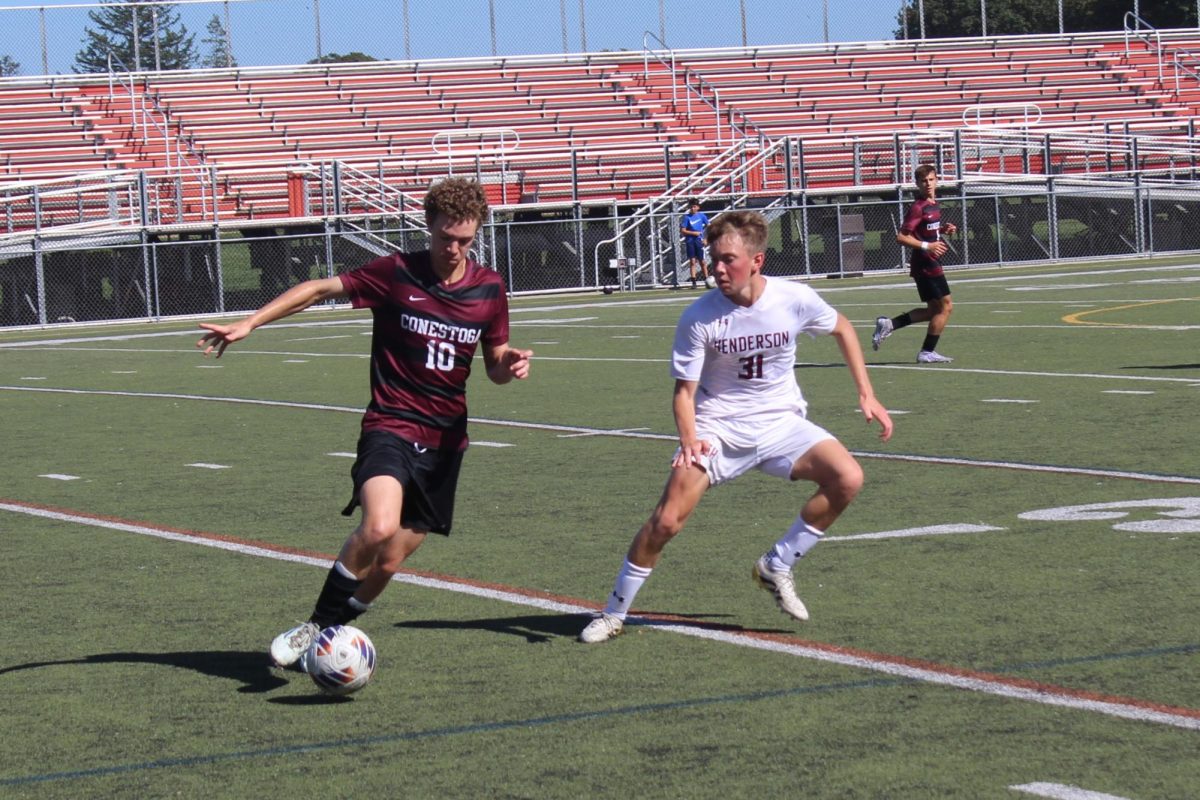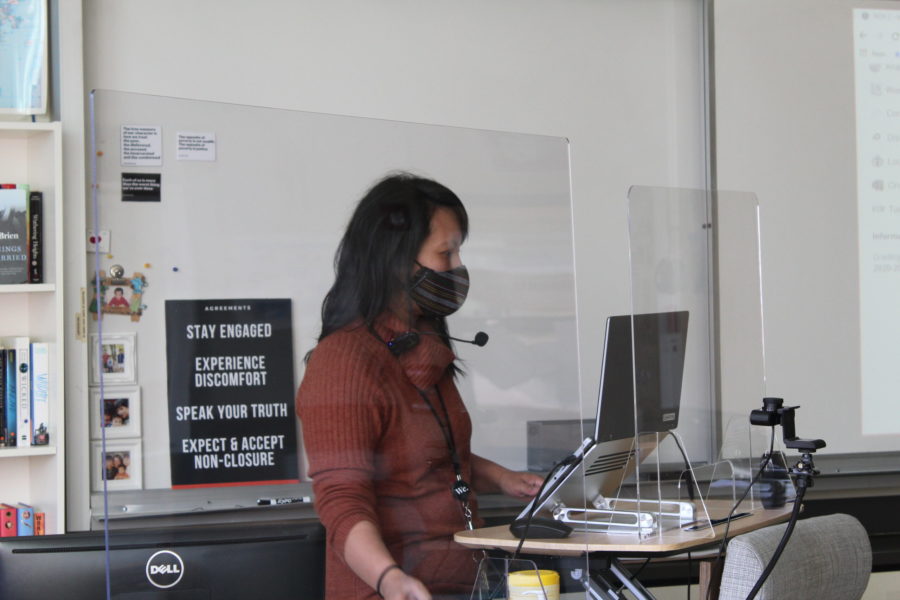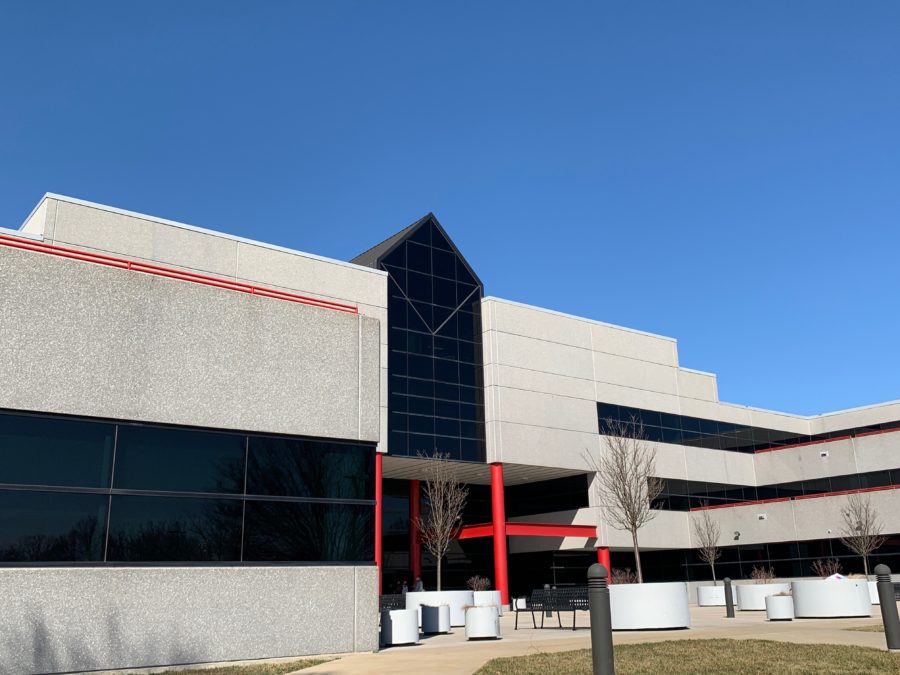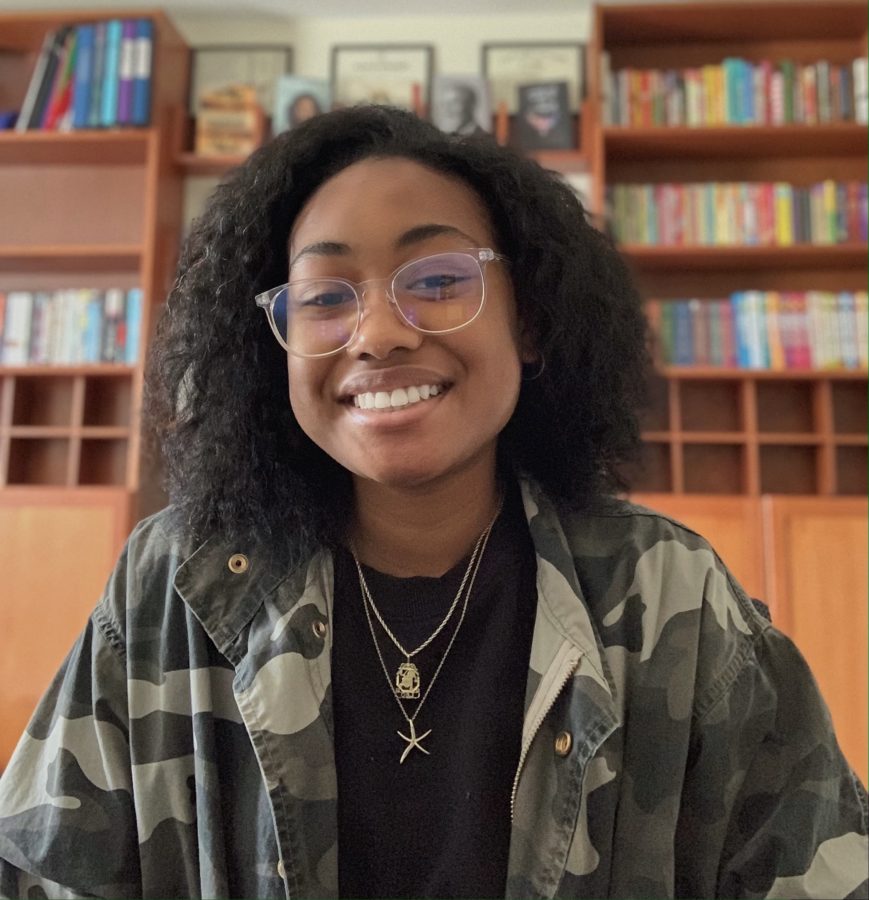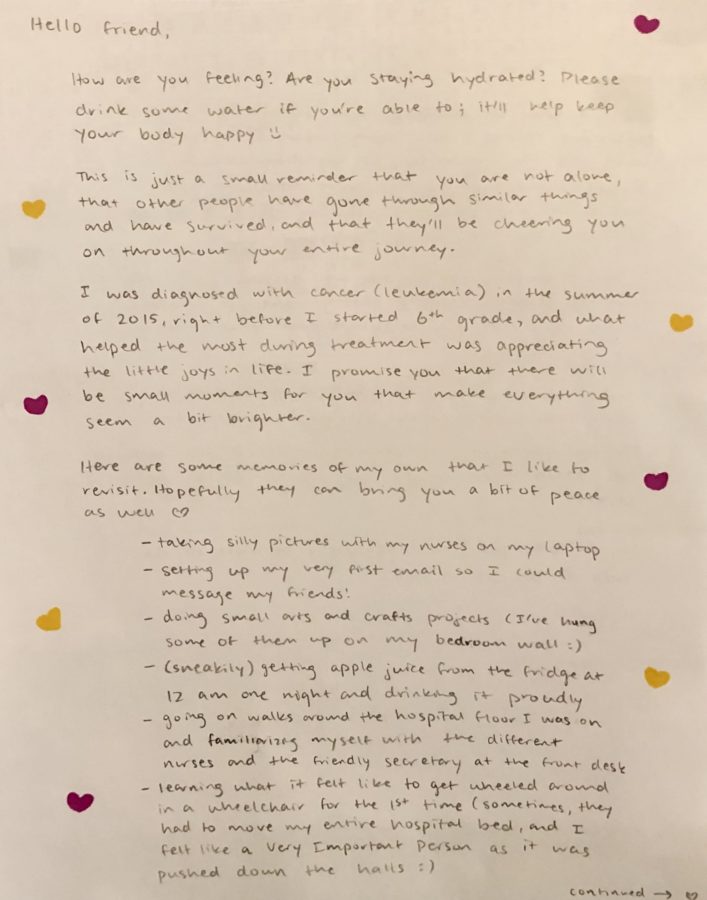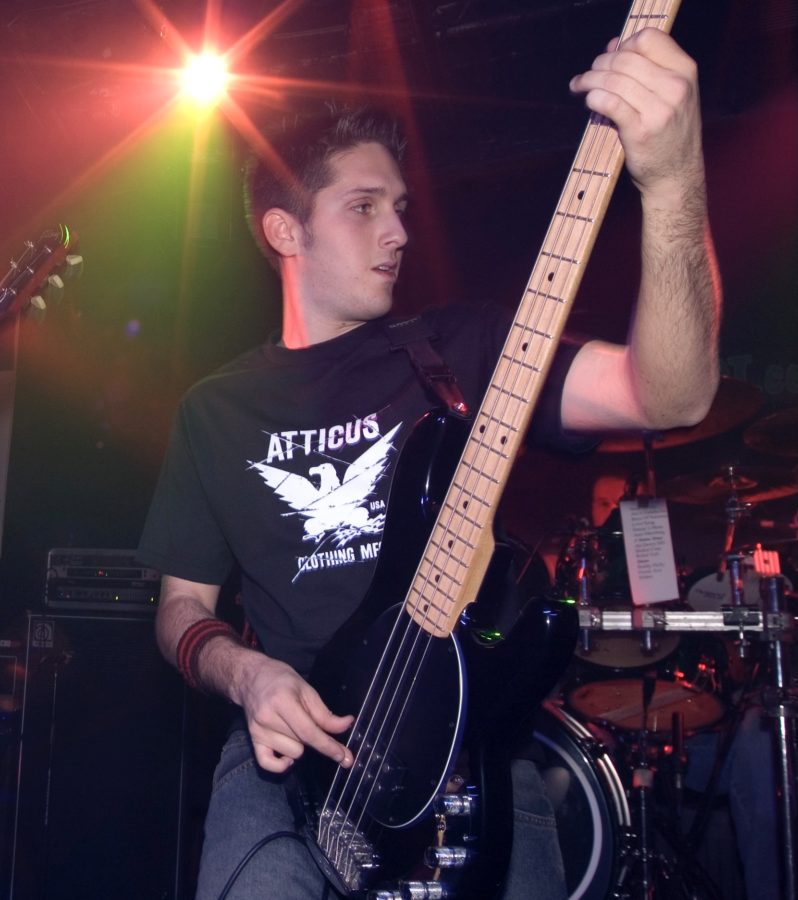By Aditi Dahagam and Shreya Vaidhyanathan, Co-Web Content Editor and Staff Reporter
In light of the national conversation about social justice, the district has initiated heightened transparency in regard to highlighting the effect of these issues on society and history.
The district began this process with their 2018 Equity Initiative, building on it throughout the years, and continues to take steps to ensure that all students and faculty feel represented.
“A lot of students seem to be much more informed than I’ve seen in the past and seem to be really paying attention to (social justice) topics and wanting to talk about (social justice) and I think students want to see teachers acknowledge these (topics) in the classroom,” Conestoga social studies teacher Katie Walter said.
To carry out the initiative, the district works with Pacific Education Group and uses Southern Poverty Law Center’s Teaching Tolerance program, a set of standards and scenarios used to teach social justice. They involve critical thinking, meaningful discussion and pursuing diverse perspectives. Additionally, the district created the District Equity Leadership Team and LEADership for Racial Equity to train district officials and teachers on teaching and discussing equity topics.
“I can think of many teachers that came up to me after the training and said ‘This was life changing. Thank you for doing this work,’” Dr. Wendy Towle, district Director of Curriculum, Instruction, Staff Development and Planning, said. “Some of the teachers are crying at the end of the (trainings) because it’s emotionally draining but we’re moving in a good direction and we are doing (this) because we want to support our colleagues and kids.”
To further the initiative at Conestoga, administrators created equity cohorts in which small groups of teachers reflect on topics that were discussed during equity training sessions. Additionally, teachers from the social studies and English departments added the “Social Justice and Equity Statement of Commitment,” to their syllabi over the summer.
“We care deeply about the way racism, intolerance, and injustice affect the lives of all members of our classroom and community. We commit to creating a curriculum that embraces the inclusion of marginalized voices and diverse viewpoints and hope to inspire and empower students to be empathetic global citizens,” the statement read..
Conestoga English department chairperson Tricia Ebarvia explains that social justice learning is a mindset rather than a lesson plan or unit. Ebarvia plans to implement this approach by looking at all sides of a story and taking marginalized voices into account when analyzing a historical document or piece of literature.
“My focus is on seeking multiple perspectives, like asking ourselves what the counternarratives of a document are,” Ebarvia said. “‘Who wrote the textbook? Whose perspective is the story from and how does that influence the historical document?’”
Ebarvia explains that there is a societal stigma around topics such as race, gender, sexuality, politics and religion and believes students can gain valuable knowledge from discourse.
“Oftentimes, students and teachers have been taught or socialized to believe that it’s impolite to talk about (these topics). By lacking practice, you lack skill. Students will benefit because they’ll be able to talk about difficult issues in a productive and meaningful way,” Ebarvia said.
Senior Students Organized for Anti-Racism member Henry Miller agrees that initiating discussions about social justice is important and impactful in the real world.
“There should be more conversations about (social justice), and getting people to have those uncomfortable conversations is (necessary), because this country is going nowhere if people don’t start talking,” Miller said.
Junior Daniel Gergeus is appreciative of the school for addressing equity topics because he did not have that opportunity in his previous school.
“Where I used to go, in my (previous) school, these topics didn’t come up that often. I feel like it was really good to actually have these conversations in the classroom and see other people’s perspectives and hear what they have to say,” Gergeus said.
Principal Dr. Amy Meisinger’s goal with the approach is to ensure a safe environment for all students.
“I want a school where everyone’s experience is valued and where every student that walks through the door feels as though they’re represented,” Meisinger said. “And they’re represented not only in individual classrooms, but in curriculum, in conversations and in everything we do.”









